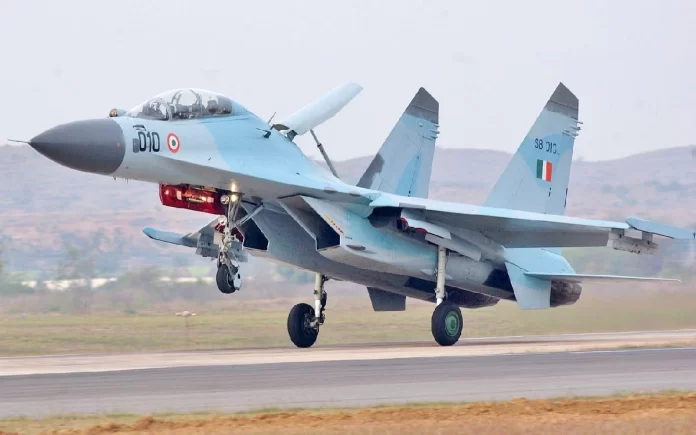Stockholm: In a notable strategic maneuver, India is recalibrating its reliance on Russian arms, diversifying its defense procurement to navigate escalating tensions with China and Pakistan. Despite a marginal 4.7% uptick in arms imports between 2014–18 and 2019–23, the proportion of Russian arms in India’s imports has seen a substantial decline. From commanding a significant 76% share during 2009–13, Russia’s influence on Indian arms imports has dwindled to 36% in the latest five-year period, as highlighted by the Stockholm International Peace Research Institute (SIPRI) report released on Monday.
This strategic shift marks a departure from the historical trend since the 1960s, where Russia stood as India’s primary arms supplier. Instead, India is increasingly diversifying its procurement sources, turning towards Western nations such as France and the USA while also bolstering its domestic arms industry to meet burgeoning defense needs.
Western Suppliers and Domestic Industry Gain Ground
India’s evolving defense procurement strategy is reflected in its burgeoning orders and procurement plans, prominently featuring Western suppliers while phasing out Russian options. This transition underscores India’s strategic pivot towards fortifying its military capabilities through a diversified arms supply chain.
France has emerged as a pivotal supplier, clinching significant deals including combat aircraft, signaling the deepening defense cooperation between India and Western allies. Similarly, the United States has solidified its position as a key arms provider, further cementing its strategic partnership with India, as outlined in the SIPRI report.
Read More: Report Suggests India’s Role in Preventing Russian Nuclear Strike in Ukraine
Regional Security Dynamics
This strategic realignment unfolds against the backdrop of heightened tensions with neighboring Pakistan and China. Pakistan, ranking as the world’s fifth-largest arms importer, has experienced a notable 43% surge in arms imports, primarily from China. The burgeoning China-Pakistan defense nexus, with 82% of Pakistan’s arms imports originating from China, compounds regional security challenges.
India’s response to this evolving security paradigm involves bolstering its defense readiness through diversified arms imports and indigenous military development. The transition from Russian to Western arms suppliers signals a broader recalibration in India’s foreign policy and defense strategy, aligning with shifting geopolitical dynamics and security imperatives in the region.
Shifts in Global Arms Trade
The United States and Western Europe collectively accounted for 72% of all arms exports during the 2019–23 period, witnessing an increase from the previous five-year span’s 62%. The US, in particular, expanded its global arms exports by 17%, solidifying its position as the foremost arms supplier worldwide, according to the SIPRI report.
France emerged as a significant player, experiencing a notable 47% surge in arms exports, positioning itself marginally ahead of Russia. The substantial increase in French arms exports, especially in combat aircraft to nations like India, Qatar, and Egypt, marks a strategic boost to its arms industry.
Conversely, Russia witnessed a stark 53% decline in arms exports between the two periods. This plummet led to Russia slipping to the third-largest arms exporter, trailing behind France for the first time.
European Arms Imports: Reaching New Heights
European states witnessed a staggering 94% surge in arms imports during the recent five-year period, with a notable 55% share sourced from the USA. This uptick underscores Europe’s robust military–industrial capacity and the significance of nurturing trans-Atlantic relations. Notably, Ukraine has emerged as the largest European arms importer and the fourth largest globally due to the ongoing conflict with Russia.



